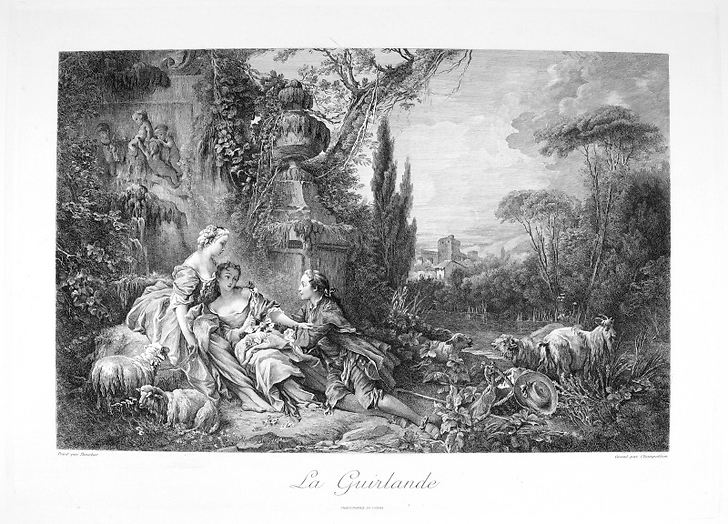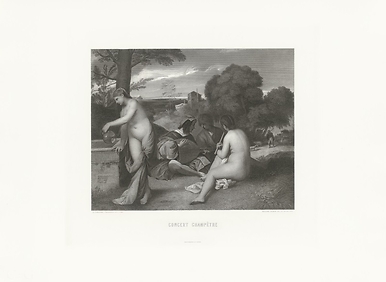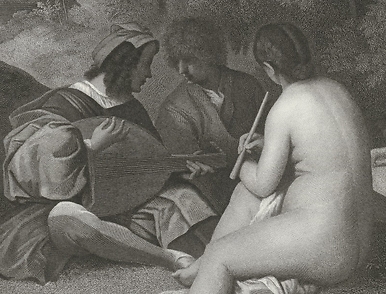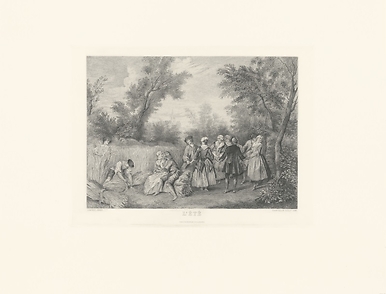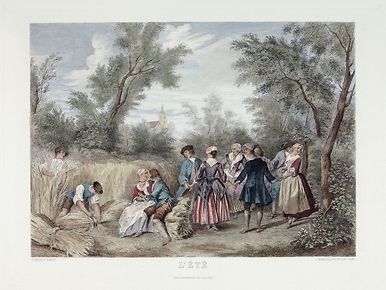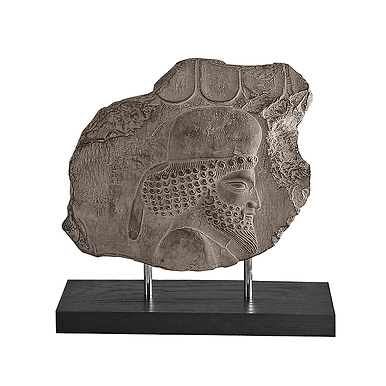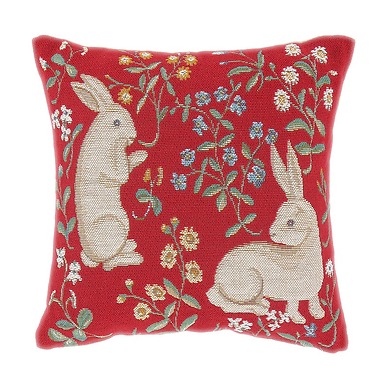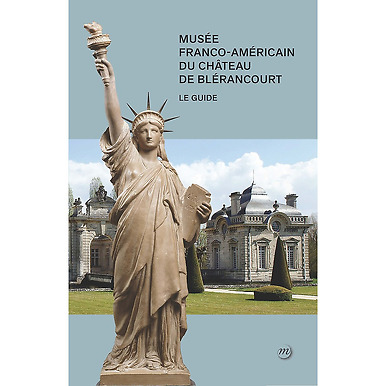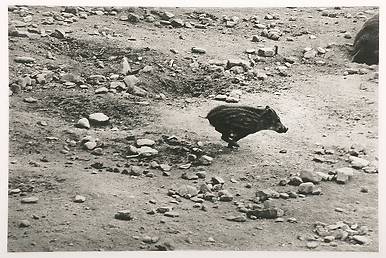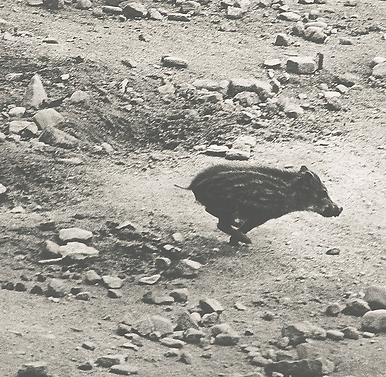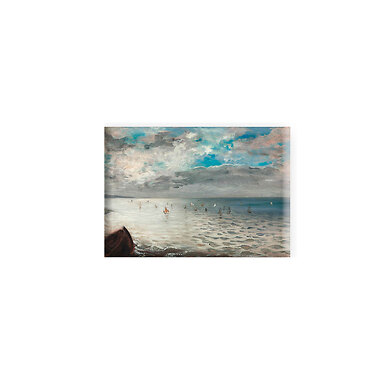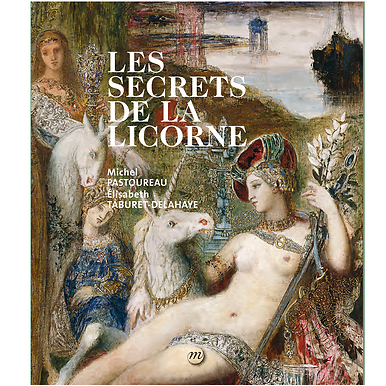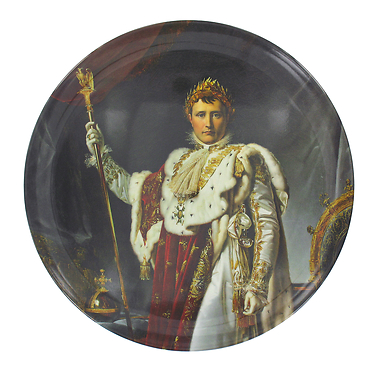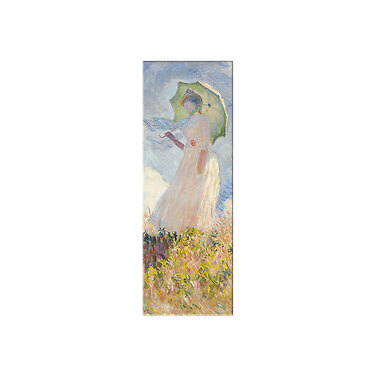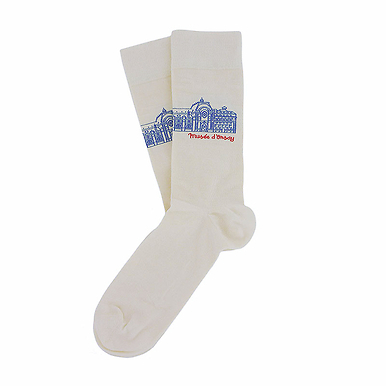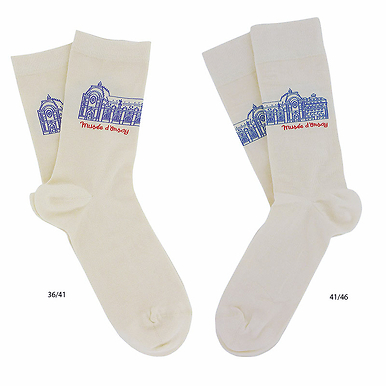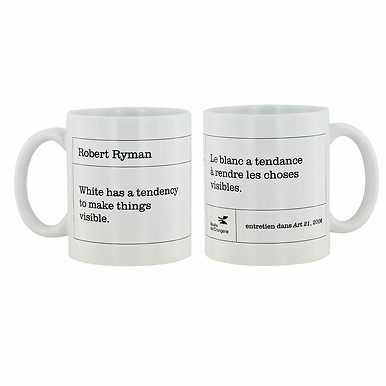Engraving The charms of country life - François Boucher
KM006304
François Boucher had a brilliant career, received all the honours, received incessant royal commissions and enjoyed the friendship of many amateurs. However, his elegant art no longer seduces from the 1760 Salon. Empress Eugénie, by taste, revisited François Boucher's art and put it back in the spotlight...
Read more
François Boucher had a brilliant career, received all the honours, received incessant royal commissions and enjoyed the friendship of many amateurs. However, his elegant art no longer seduces from the 1760 Salon. Empress Eugénie, by taste, revisited François Boucher's art and put it back in the spotlight in the minds of art critics.
Son of Nicolas Boucher, print merchant, he worked in François Lemoyne's studio, but was above all an illustrator for J.F. Cars, engraver. At the same time he obtained the first prize from the Academy of Painting and went to Rome between 1726 and 1731. These first years are devoted to drawing, copying and engraving.
His reception piece at the Academy marked the beginning of his long official career as a professor, director of the Academy and the king's first painter. It was a period of intense activity for the artist: commissions from royal manufactures, theatre and opera sets, commissions from the king for royal residences and from Mrs de Pompadour, King of Sweden, in a repertoire of gallant mythology and allegory.
Butcher's art does not seek to move, but to capture the beauty that flourishes. He is the painter of happiness tinged with refined sensuality. A landscape designer full of fantasy and charm, a great decorator, he is the most prolific ornamentalist of his generation.
Engraver, aquafortist, illustrator, Eugène-André Champollion was a student of Léon Gaucherel (1816-1886) and Edmond Hédouin (1820-1889). Mainly an interpretive engraver, he exhibited from 1876 to 1901 at the salons of the Société des Artistes Français as well as at the Universal Expositions of 1870, 1889 and 1900. He was awarded a medal at the 1883 Salon for "Le Menuet" after Jacquet. Champollion collaborates with the main artistic magazines of the time: Art, The Gazette of Fine Arts.
Close
Login to see prices
Sold by GrandPalaisRmn

